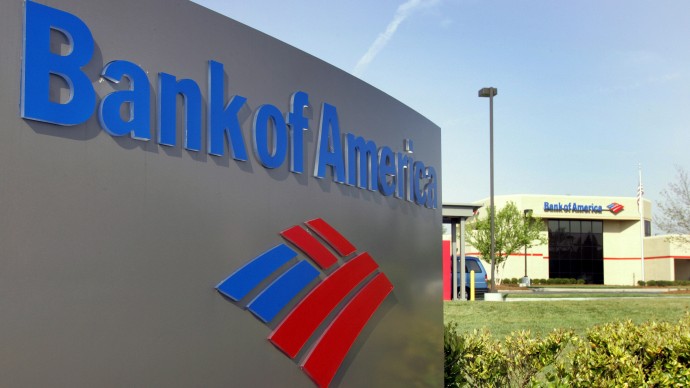
(NEW YORK) MintPress — While the Supreme Court debate over Obamacare has put the health care industry in the spotlight, the controversy over banking reforms has been temporarily sidelined. But not for long.
Moody’s Investors Service, one of the two big credit ratings agencies, has said it will decide in mid-May whether to lower its ratings for 17 global financial companies, including Morgan Stanley, which was hit hard in the financial crisis, Citigroup and Bank of America.
Credit ratings are critical for the banks, which depend on the confidence and backing of their creditors. A high credit rating allows them to borrow cheaply and put up less of their own money, while a lower credit rating means they have to pay more for loans and fork out more of their cash.
A poor credit rating could also cost them investors. Weighing the creditworthiness and ratings of banks “is a major focus at Vanguard and at other buy-side companies who do business with Wall Street,” said mutual fund giant Vanguard attorney William Thum.
If Moody’s does downgrade them, Morgan Stanley, Citigroup and Bank of America would be rated Baa2 — just two notches above speculative, or junk.
For Bank of America, the second largest bank holding company in the United States by assets and the fourth largest bank in the country in terms of market capitalization, the move would add insult to already serious injury.
BOA under fire
The financial giant has been on the verge of collapse for some time. Last December, its share price dipped briefly below $5, a first, after news of fresh layoffs, hints that the government might not bail the bank out completely in the event of a collapse, and the filing of significant new lawsuits.
But Washington has in fact continued to support Bank of America. “Our government has decided to make it the poster child for the ‘Too Big to Fail’’ concept,” contends author, journalist and Occupy Wall Street supporter Matt Taibbi.
“ Because it is considered a ‘systemically important institution’ whose collapse would have a major, Lehman Brothers–style impact on the economy, two consecutive presidential administrations have taken extraordinary measures to keep Bank of America in business, despite a staggering recent legacy of corruption schemes, many of which were simply overlooked by regulators.”
Checkered past
In January, 2009, Bank of America received $20 billion from the US government through the Troubled Asset Relief Program (TARP) as well as a guarantee of $118 billion in potential losses at the company. This was on top of the $25 billion given to the bank in the fall of 2008 through TARP. The additional payment was part of a deal with the government to preserve Bank of America’s merger with troubled investment bank Merrill Lynch.
There was concern, though, about how the money was spent, especially since some of the bailout recipients were accused of denying consumer loans and imposing stiffer terms on credit card holders.
In September 2009, one Bank of America credit card customer, Ann Minch, posted a video on YouTube criticizing the bank for suddenly raising her interest rate; the bank had in fact begun notifying some customers that their interest rates had more than doubled and jumped to as high as 28%. After the video went viral, a Bank of America representative contacted Minch and lowered her rate.
In 2010, Bank of America was accused by the government of defrauding schools, hospitals, and dozens of state and local organizations through misconduct and illegal activities involving the investment of money from municipal bond sales. It later agreed to pay $137.7 million, including $25 million to the Internal Revenue Service (IRS), to settle the allegations.[
Most recently comes a piece in this week’s American Banker, no less, revealing that Bank of America has sold collection agencies the rights to sue over credit card debts that it privately acknowledged were potentially inaccurate or had already been repaid.
According to the story, “In a series of 2009 and 2010 transactions, Bank of America sold credit card receivables to an outfit called CACH, based in Denver. Co. Each month, CACH bought debts with a face value of as much as $65 million for 1.8 cents on the dollar. At least a portion of the debts were legacy accounts acquired from MBNA, which Bank of America purchased in 2006.”
Breaking the Bank
Meanwhile, a newly released annual report from the conservative Dallas Federal Reserve contends that the cartel of giant banks such as Bank of America poses an ongoing threat to economic recovery.
It alleges Wall Street’s increasing power remains “difficult to control because they have the lawyers and the money to resist the pressures of federal regulation.” The Dodd-Frank act that was supposed to control Wall Street “leaves TBTF (Too Big to Fail) entrenched.”
The answer, according to the report, one that is likely to shake up Wall Street, is “breaking up the nation’s biggest banks into smaller units.”
Perhaps Moody’s will simply speed up the death knell.
Source: MintPress


